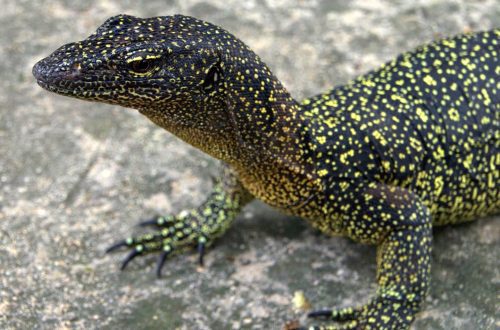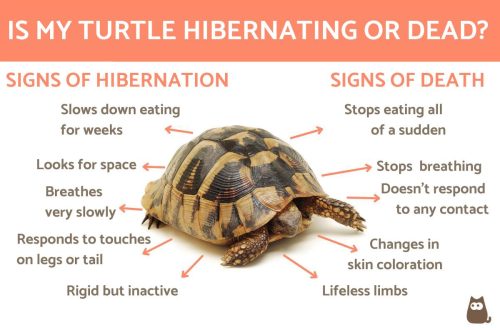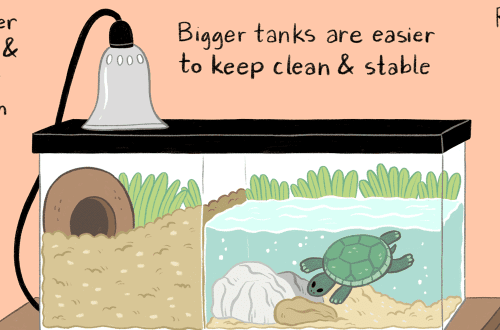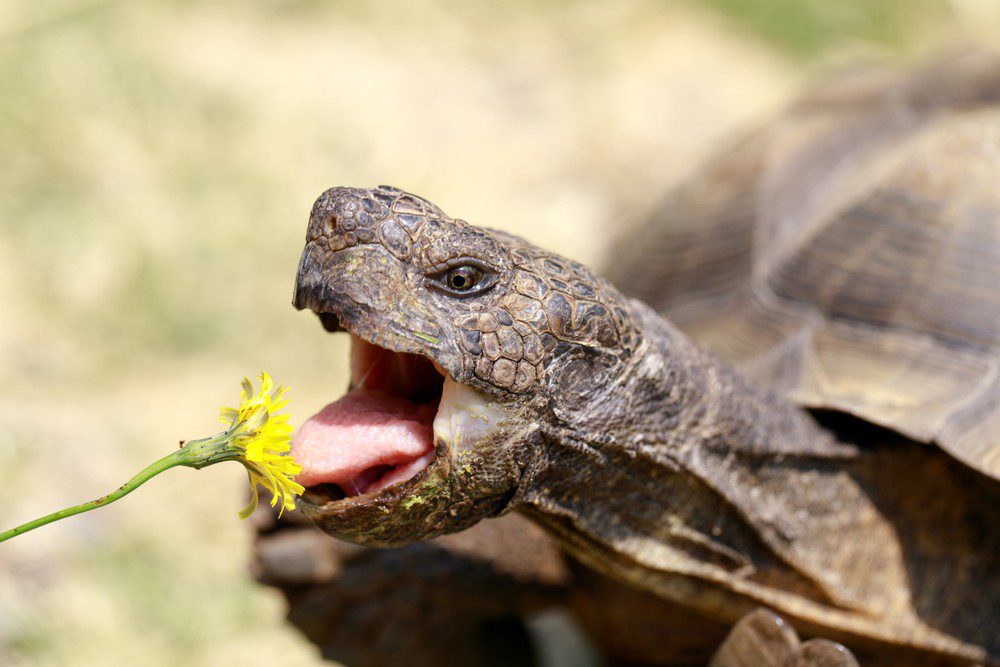
What to feed herbivorous tortoises?
When purchasing a turtle, many are faced with the question of what to feed a land herbivorous turtle. Someone buys cabbage, someone buys dry food, and someone goes to the turtle.ru website and reads about how to properly feed turtles so that it does not harm their health.
The main food for any herbivorous turtles are various weeds. In summer, they can be collected on the street in the forest-park area and dried / frozen for the winter. This is an affordable, free food rich in vitamin A. Plants should be harvested away from the road, because. otherwise they may contain heavy metal salts and chemicals. Mammalian worms are not dangerous to turtles. In the absence of the possibility of collecting weeds, they are replaced with salads (but only as part of the diet).
Turtles can be given houseplants edible for them. Such food will always be at hand if you did not have time to go to the store for a salad or to the street for dandelions. Vegetables you can also give, but not often, about once every 1-2 weeks. For most turtles, it is better not to give fruits at all.
Not all plants, fruits, vegetables, flowers are good for turtles. Some can be given in unlimited quantities, some – in a small amount, and some cannot be given at all. You can read more about fodder plants in the sections: Aquatic and semi-aquatic plants, Trees, shrubs, Wild flowers, Fruits and vegetables, Garden and indoor plants, Cacti, succulents, herbs.
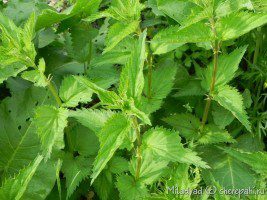
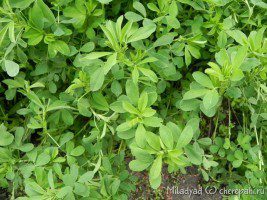
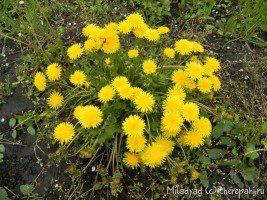
If you have a summer residence, the turtle can also be fed tops of various vegetables (for example, carrots, beets ..). Also, animals are often happy to eat. soft hay (dried meadow grasses) – an excellent source of coarse fiber. Leaves can be grown in the winter on the windowsill, and hay can be bought at the pet store. At the very bottom of the article you will find links to master classes.
One salad cannot be fed all the time to turtles – it has a lot of water, which causes diarrhea in turtles. Turtles definitely need fiber, which is found in hay, dried herbs, alfalfa meal, herbivore turtle pellets.
Also suitable dry pharmaceutical herbs (plantain, calendula and others), which can be added to salad and vegetables in the cold season.
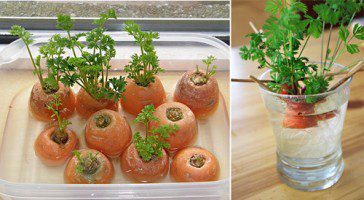
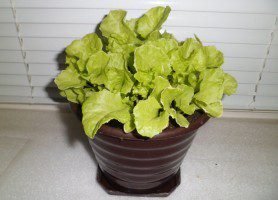
Dry food land turtles can be given, but about once every 1-2 weeks, as an addition to the diet. It is usually soaked and placed in a bowl in a terrarium. However, not all turtles eat it. More about dry food →
But vitamins and calcium must be given to turtles once a week. Better buy vitamins и calcium for reptiles in pet stores, rather than trying to make your own.
And most importantly – the nutrition of turtles should be varied!
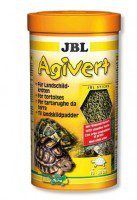
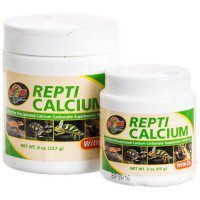
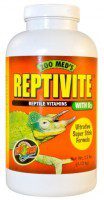

Plants in a turtle terrarium
Plants can be planted in a turtle terrarium, but if the plants are in the turtles’ reach, they will be trampled or eaten very soon. The terrarium should be suitable for plants in terms of temperature, amount of light and humidity. Trying to grow light-loving plants without access to natural sunlight is useless. In addition, we must not forget to spray and water the plants. And it is best to replace plants from the terrarium with plants from the windowsill and vice versa every 1-3 weeks. It is better to plant plants in a terrarium in pots.
Seasonality of fodder plants, vegetables and fruits
“Many people believe that the best diet for turtles is the maximum variety in food. Thus, they say, the body receives the largest amount of various substances and elements. But it is known from classical physiology that the best thing for the gastrointestinal tract is the smallest variety of food. In this case, a certain digestive homeostasis is established faster and easier (a certain set of enzymes and the rhythm of their use – after all, the gastrointestinal tract is quite long both physically and functionally), which means that digestion and assimilation proceeds most fully and quickly. And in principle, now such a monotonous diet is possible due to the possibility of introducing various substances and elements into food in the form of additives (although this, of course, is not the same as natural variants of the same substances). But in nature there is no such possibility. Therefore, in order to fill the body with essential microelements and substances not synthesized by the body itself, animals have to diversify their diet. And this happens by no means consciously, but most often, especially for animals from areas with seasonal fluctuations in climate (and hence a seasonal change in the food supply, which is especially significant for herbivores), due to seasonal fluctuations in the food supply.
In nature, all plants have a change of growing seasons. And if in the tropics some species bear fruit and ripen all year round (different specimens of the same species), then in places with seasonal climate change, the change in growing seasons is pronounced. This means that certain plants and their fruits can only be a forage base for a limited (sometimes VERY limited) time of the year. The Balkan tortoise is one of the animals whose food base is highly dependent on the growing seasons of plants growing in their areas. And exotic and introduced cultivated plants are generally inaccessible to them.” (author – Rud)



